Irrigation in Indoor Plants: [Basic and Complete Guide]
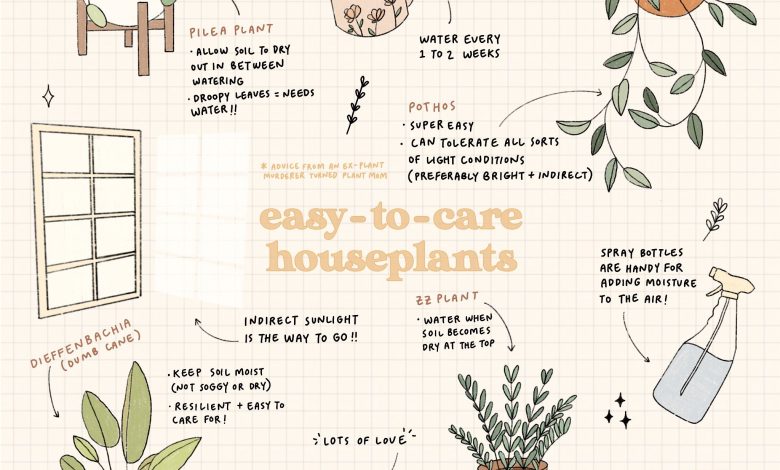
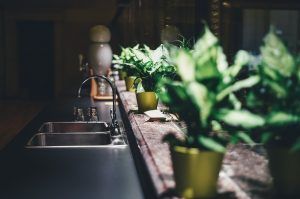 Do you have indoor plants in your house and you are not sure how they should be watered?
Do you have indoor plants in your house and you are not sure how they should be watered?
Don’t worry. You have come to the right article.
Each type will have its specific conditions in this aspect, so it will be necessary to know the species well before subjecting it to an irrigation schedule.
In any case, specialists in the field recommend that it be once a week and with a shower or sprinkler to regulate the amount.
In addition, we must consider the fact that indoor plants are not directly subject to the changes of the seasons like those we have in the garden.
At this point we must also refer to the importance of having good drainage.
For this you have to know how to choose the pots well, which have holes in the bottom of the container.
And use an aerated substrate that admits the passage of liquid.
Important points when watering your indoor plants
- Keep plants in pots with drainage holes to prevent waterlogging.
- Because they are not directly exposed to sunlight, the process of evaporation of water through the leaves is slower. This means that the irrigation system must be evaluated very carefully to avoid drowning them.Water most plants every 2-4 days (or as needed) in spring and summer to keep the compost moist (not waterlogged).
- Water desert cacti and succulents less often (only when the top of the compost looks dry).
- Reduce watering frequency in winter, when plant growth is slower and temperatures are lower.
- Remove excess water from pot sleeves and saucers to avoid overly soggy compost.
- Prevents water from getting on the leaves and stems of plants with soft, hairy foliage, or on succulents and cacti.
- Check if your plant prefers rainwater or distilled water instead of what comes straight from the tap.
When to water indoor plants?
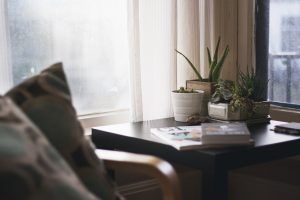 Most houseplants prefer moist compost in spring and summer when they are growing, but be careful not to overwater; soggy, waterlogged manure causes disease and can be fatal; with a little dryness you could fix the problem.
Most houseplants prefer moist compost in spring and summer when they are growing, but be careful not to overwater; soggy, waterlogged manure causes disease and can be fatal; with a little dryness you could fix the problem.
To prevent wet compost, keep your plants in pots with drainage holes in the bottom so any excess water can drain away, and discard any surplus left in the plant pot or saucer about an hour after planting. to water.
How to water indoor plants?
watering from above
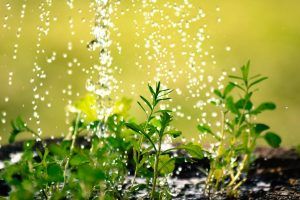 Pour water from above if your plant shows live, good-looking foliage; most tropical plants and ferns are included in this category.
Pour water from above if your plant shows live, good-looking foliage; most tropical plants and ferns are included in this category.
Make sure the compost is soaked as well or you risk watering the leaves without getting the moisture to the roots.
water directly on the ground
Put your plant in a pot with drainage holes in a tray of water about 2 cm deep.
Leave it for 20 minutes, then remove it and drain it. Use this method for plants that don’t like wet leaves or stems, like African violets, or if the foliage is covering the compost.
Fogging of leaves and aerial roots
Some plants absorb moisture through their leaves and aerial roots. Some examples that we can find are orchids, Swiss cheese plants and areca palms.
Mist the leaves and roots regularly, but also water them with compost to keep them healthy.
Drenching the air plants
Air plants are best soaked in a tray of rainwater or distilled water for an hour once a week.
After soaking them, let them drain and make sure they dry completely after 4 hours to prevent them from rotting.
Signs of dehydration in houseplants
- The plant withers.
- The earth cracks.
- Slow growth.
- Translucent sheets.
- Premature drop of flowers or leaves.
- Leaf edges brown, yellow or curly.
Signs of excess water in houseplants
- Fungus or mold on the soil surface.
- Soft roots at the bottom of the pot.
- Bad smell.
- Stagnant water at the bottom of the container.
- Young and old leaves fall off at the same time.
- Leaves with brown rotten patches.
Indoor plants that require more water
- Plants that are blooming.
- Plants in clay pots.
- Plants grown in small pots.
- Actively growing plants.
- Plants located in direct sunlight.
- Plants with very large leaves or very thin leaves.
- Native plants of humid areas.
Indoor plants that require less water
- Resting or inactive plants.
- Recently replanted plants.
- Plants located in cool rooms or with high humidity.
- Plants in non-porous pots.
- Plants with rubbery leaves.
- Plants grown in water retention substrate.
Maybe you are also interested in:
- How often and how to water my indoor plants?
- [10 Types] of Indoor Plants that Need Low Light
- [14 Types of Indoor Plants] to Have at Home
- Homemade Indoor Plant Fertilizer: Our Formula – Sembrar100
- Begonia Rex: [Cultivation, Substrate, Irrigation, Associations, Pests and Diseases]
- How to Fertilize Indoor Plants Step by Step – Sembrar100
- How to Transplant an Indoor Plant: [Complete Guide]
- Caring for Indoor Plants: [Pruning, Light, Substrate and Humidity]
- Indoor Plant Care: [Soil, Humidity, Pruning and Problems]
- The [15 Best] Durable and Hardy Houseplants
- List of [16] Indoor Plants that Bloom All Year
- List of [15 Indoor Plants Without Flower]: Examples and Care
- Indoor Planting to Decorate your House: Where to Buy? List
- Indoor Hanging Plants: [15 Examples + Care, Watering and Substrate]
- Plant and Grow Indoor Plants Like a Pro

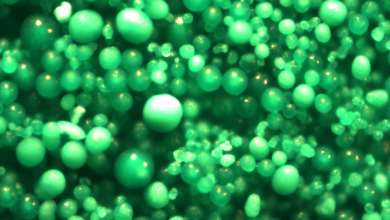
![Photo of [12 Steps] to Grow Peas in Your Garden Without Problems](https://www.complete-gardening.com/wp-content/uploads/2022/08/12-steps-to-grow-peas-in-your-garden-without-problems-390x220.jpg)
![Photo of Dry Tropical Climate: [Characteristics, Flora, Fauna and Adaptability]](https://www.complete-gardening.com/wp-content/uploads/2022/08/dry-tropical-climate-characteristics-flora-fauna-and-adaptability-351x220.jpg)
![Photo of Kaki Irrigation: [Needs, Frequency and Procedure]](https://www.complete-gardening.com/wp-content/uploads/2021/06/kaki_arbol_1623360784-390x220.jpg)